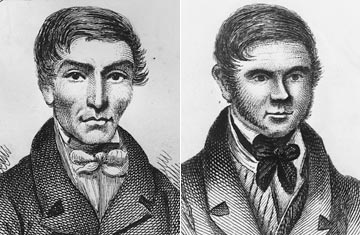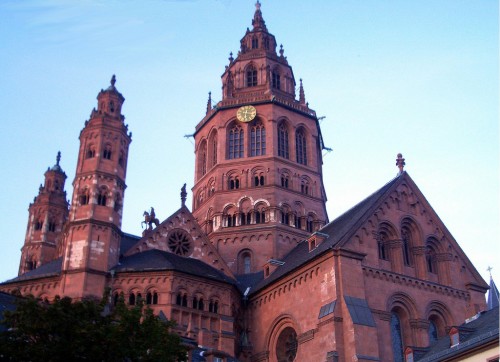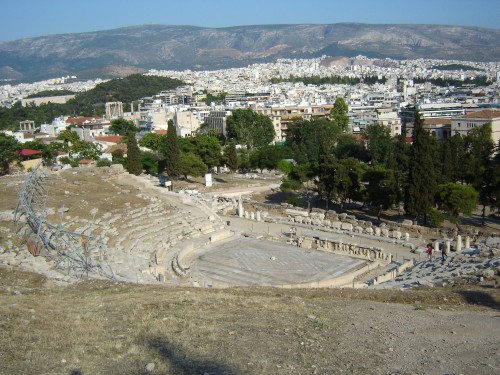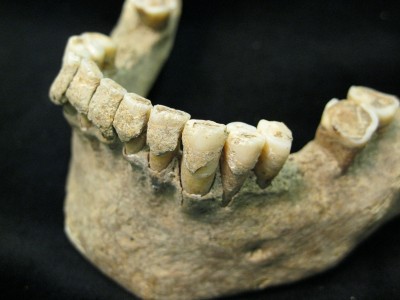Category: Archaeology
-

Unearthed bones show Edinburgh’s history as center of anatomical research
At Edinburgh’s university campus five human skeletons have been unearthed. Radiocarbon-dating suggests that the human remains date to the 18th / early 19th century. This was a glorious age for anatomical research. Since these bones were threaded with wires, it is likely that these remains served just that purpose. The Scottish city of Edinburgh was…
-

1,400 year old Saxon burial found in Haddenham, England
During the construction of a residential area within the village of Haddenham an early Saxon burial (6th century AD) was uncovered. Archaeologists found nine burials in total, with plenty of grave goods. Both men and women were buried here. Their religious background seems a bit mysterious, as the grave goods (like a decorative shield, a…
-

Carolingian church discovered in Germany
German archaeologists have found the remains of Germany’s second oldest church within the Mainz-cathedral (picture). This roman cathedral itself is already 1,000 years old, but the even older remains date back 1,200 years. Deacon AndreasKlodt said this on a press-conference last Tuesday. This newly found cathedral is the only one in Germany that was built during the Carolingian age. It…
-

Ancient Greek plays give insight in antique climate
Ancient Greek plays offer us an insight into the climate of the time, according to the University of Athens. Researchers thoroughly checked historical observations from 43 plays by Aeschylus, Sophocles, Euripides and Aristophanes for their references to weather. Notably, scientist looked for ‘halcyon days’, days of theatre-friendly weather in mid-winter. On these days, the weather conditions enabled Athenians…
-

Smelly archaeology: world’s oldest cheese found in China
Remains of what appears to be cheese are found in China on an ancient burial site. The cheese is wrapped in cowhide and found on the necks and chests of Chinese mummies. Archaeologists estimate that the cheese is more than 3000 years old. Astonishing, since dairy products decay rather quickly. The extraordinary conditions off the grave, sited in the middle of…
-

The forgotten culture of Eurasian warriors
The Polovtsians or Cumans roamed through Eastern Europe for centuries and left many statues, but they are mostly forgotten today. They originated from the heartland of China, near the Yellow River, and lead a nomadic lifestyle. Gradually migrating westwards, they entered Europe in the 11th century, clashing with the Kiev Rus on many occasions. As the Mongols invaded Eastern Europe…
-

Ancient plaque gives insight into lost world
An international team of researchers discovered how they can use ancient plaque for modern research. With new techniques, they were able to preserve bacteria and microscopic particles of food from 1,000-year old plaque, taken from the teeth of skeletons. This discovery opens up a whole new range of research, and is already called ‘a microbial…